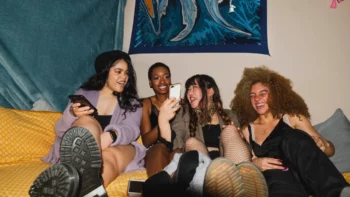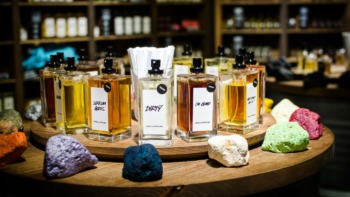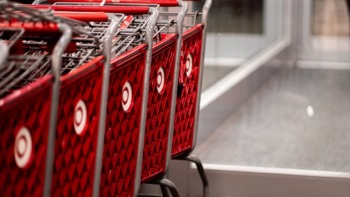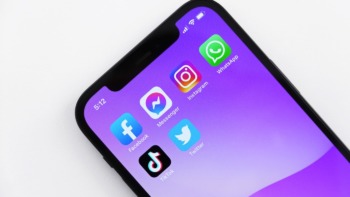This week, social media platforms are taking center stage in the ecommerce world with new innovations that are changing up the influencer and social shopping landscape. Plus, find out which underwear brand is going the extra mile in its sustainability efforts.
Instagram’s paid subscription service
Instagram has started rolling out a new paid subscription service which will allow users in the US to access exclusive content and features from their favorite influencers and creators. The new move from Instagram means social media influencers will be able to secure a more stable income, thus making influencing a more viable career for aspiring Gen Z creators.
Users will pay a monthly fee ranging from $0.99 to $99.99, depending on the price point selected by each creator. A paid subscription will mean users can access subscriber-only content, including exclusive Instagram lives and stories. Subscribers will also get a purple badge next to their Instagram username to highlight their status and show which influencers they are subscribed to.

Instagram launched a test of subscriptions with 10 creators on January 19th, including basketball player Sedona Prince, Olympian Jordan Chiles, and astrologer Aliza Kelly. More creators will be added over the coming weeks.
Snapchat’s AR lenses meet the beauty sector
Snapchat’s AR filters have been snapped up by the beauty sector for the first time since the shoppable function was introduced to the platform. Just last week, Ulta Beauty and MAC cosmetics became the first beauty brands to launch a new version of the social platforms shoppable AR lenses.
Called the Catalog-powered Shopping Lens, this new AR filter lets users swipe through virtual makeup looks. The products and brands used to create each look are linked to the company’s product catalog. Product details are also provided, and information or any changes made to the colors or prices of any of the products are updated in real-time – just as they would be on a brand website.
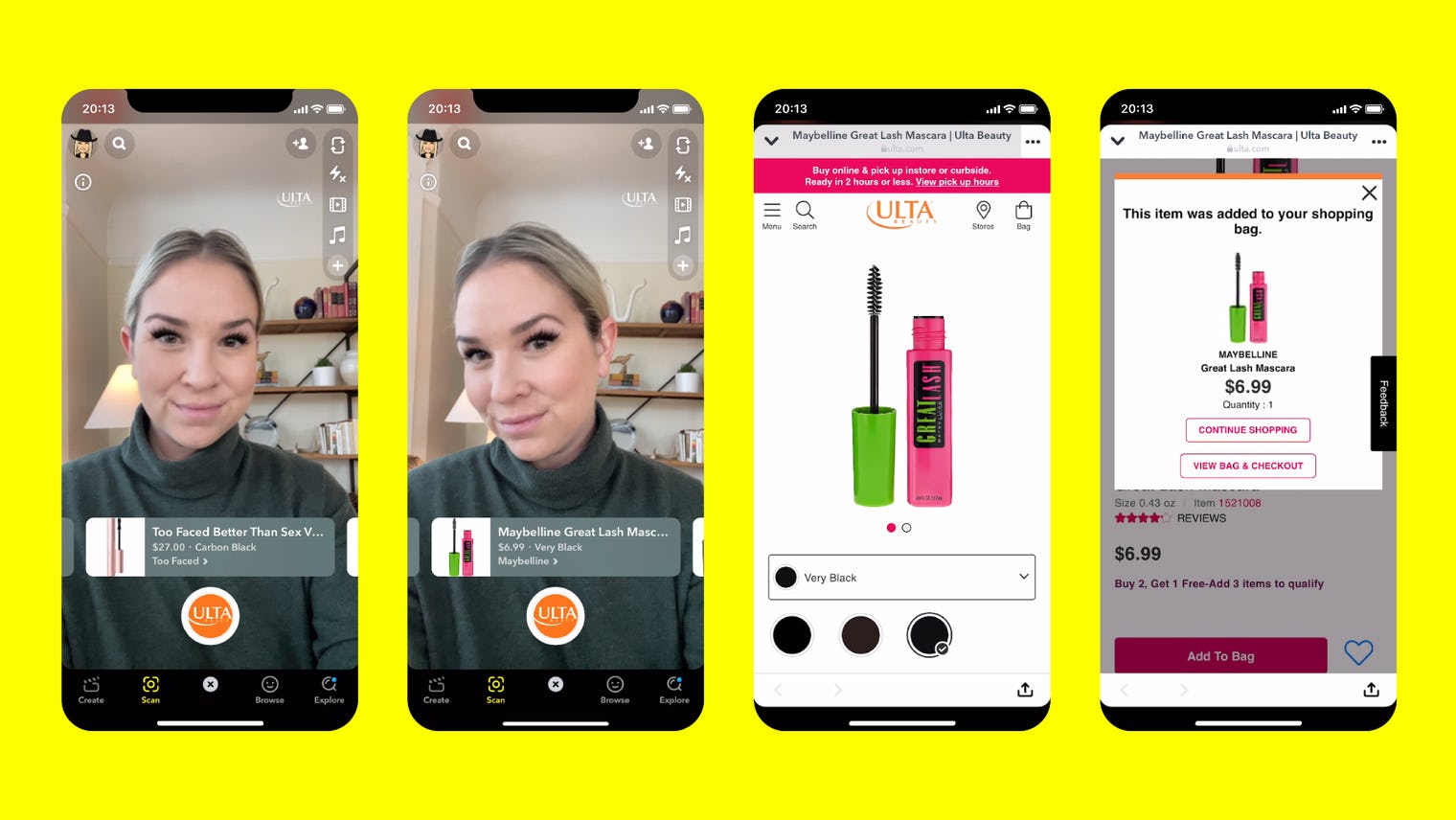
The new filters signal the growing popularity of immersive commerce, particularly among Gen Z consumers. Data from Snapchat reveals that users engage with the platform’s AR features more than 6 million times a day, and 93% of its users (a large proportion of which are Gen Z) are interested in using augmented reality for shopping purposes.
Parade’s new online recycling scheme
Sustainable underwear brand, Parade, has upped its game in its sustainability efforts by launching the first free online recycling program for its category in the US.
In partnership with Terracycle, Second Life by Parade allows consumers to return underwear they no longer want, which will be recycled into new products, such as furniture, insulation and bedding. You can return any brand, type or style of (clean!) underwear and there’s no limits on how much you return.
Anyone can get involved by going to the brand’s website and requesting a free biodegradable bag and a prepaid shipping label. In exchange for their efforts, those who take part in the scheme receive a 20% Parade credit.
Klarna’s new card
Buy Now, Pay Later has been on the scene in the UK for a while now, with a quarter of UK university-aged students having used it. Last week, Klarna announced plans to introduce a physical card to the UK.
Aptly named “The Klarna Card”, the new offering will allow users to delay their payments online and instore – just like they can if they use Klarna at the checkout. Users will need to pay down their debt in 30 days – again, in a mirror of the online Klarna product. The physical card is already up and running in Sweden and Germany.
As of 2022, we don’t know exactly what the future holds for Buy Now, Pay Later – and opinion among Gen Z students is split. According to our Future of Ecommerce Report, due to be released in February, 41% believe that they encourage users to get into debt, while 37% see them as a way to help young people to afford things they want and need. But it’s likely that the physical card will be targeted towards younger users – just as Klarna itself is – and all eyes will be on The Klarna Card to see what it holds for Gen Z.
The future of ecommerce is in Gen Z’s hands. Read our full Future of Ecommerce report today.



